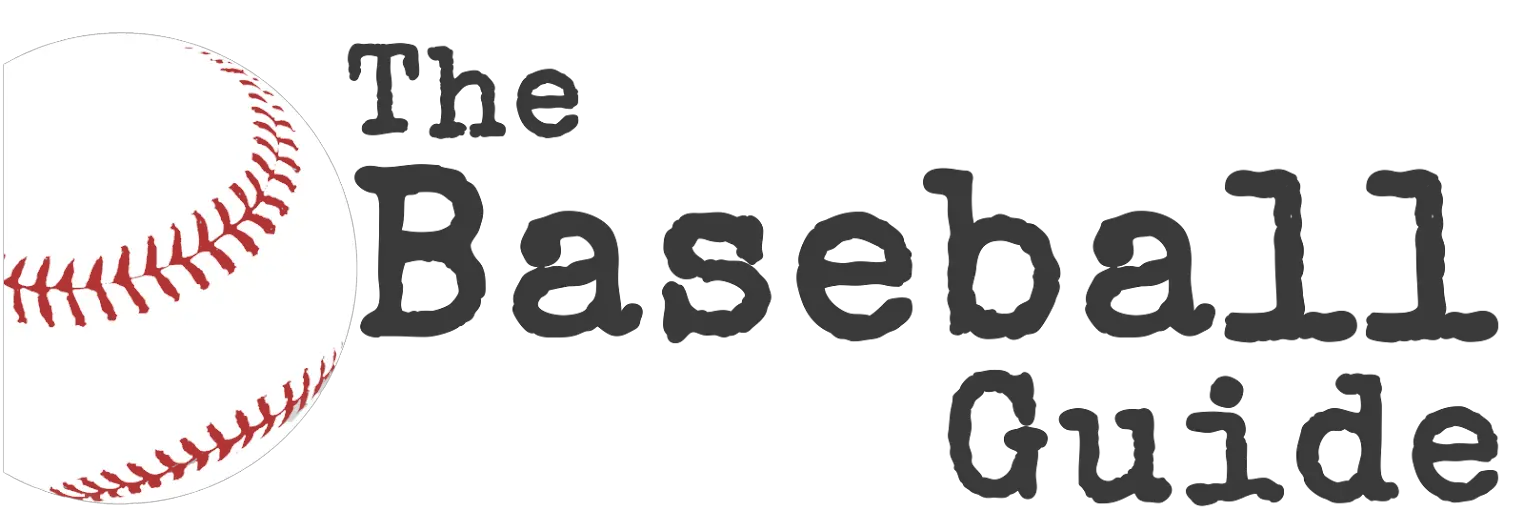Baseball, with its complex rules and unique jargon, often leaves spectators mystified by specific play outcomes. Among the intriguing scenarios is the “ground rule double,” a term that occasionally surfaces, evoking both excitement and confusion. This article aims to demystify what a ground rule double entails, examining its origins, the circumstances under which it is ruled, and its impact on the game’s flow. Whether you are a seasoned fan or a newcomer to the sport, understanding this rule enriches the viewing experience, adding to the appreciation of the strategic nuances that make baseball a beloved pastime.
What is a Ground Rule Double in Baseball?
A Ground Rule Double in baseball is a ruling by the umpire that awards the batter and all baserunners two bases when a fair ball becomes unplayable according to the specific ground rules of the ballpark. This can happen when the ball leaves the field under certain conditions outlined in the ground rules, such as getting stuck in ivy, disappearing under a bullpen bench, or bouncing and going over a fence. It’s important to note that this ruling is distinct from an “automatic double,” which refers to a ball bouncing and going over a fence, a situation applicable to all ballparks.
When Does Ground Rule Double Happen?
A Ground Rule Double happens in baseball when a fair ball becomes unplayable according to the specific rules of the ballpark. This usually occurs when the ball leaves the field under certain conditions outlined in the ground rules. For example, if the ball gets stuck in ivy on the outfield wall or disappears under a bullpen bench, the umpire may award the batter and baserunners two bases. It’s a way to ensure fair play and consistency across different ballparks.
Automatic Double vs Ground Rule Double
There’s actually some confusion surrounding these terms, and many people use them interchangeably, even though they’re not exactly the same!
Automatic Double:
- This is the official term for a situation where a fair ball leaves the field of play but wouldn’t be considered a home run under the rules. This most commonly happens when the ball:
- Bounces over the outfield fence after touching the ground in fair territory.
- Goes through or under a fence, scoreboard, shrubbery, or vines on the fence.Is deflected out of play by a fielder within 250 feet of home plate (fair fly only).
- All runners, including the batter, advance two bases from where they were at the time of the pitch.
Ground Rule Double:
- Technically, this term only applies when a fair ball goes out of play due to a specific ground rule of the ballpark. Ground rules are unique to each stadium and typically cover things like balls getting lodged in unusual places or landing in areas not part of the normal playing field.expand_more
- However, in common usage, the term “ground rule double” is often mistakenly used for any automatic double.
Key Differences Between Ground Rule Double and Automatic Double
- Automatic doubles are defined by official MLB rules, while ground-rule doubles depend on specific ballpark rules.
- Automatic doubles are much more common than true ground rule doubles.
- Both result in all runners advancing two bases.
So, while everyone might call it a “ground rule double,” the correct term is actually automatic double in most cases. Remember, the important part is that the ball leaves the field and runners advance two bases, regardless of the specific reason.
